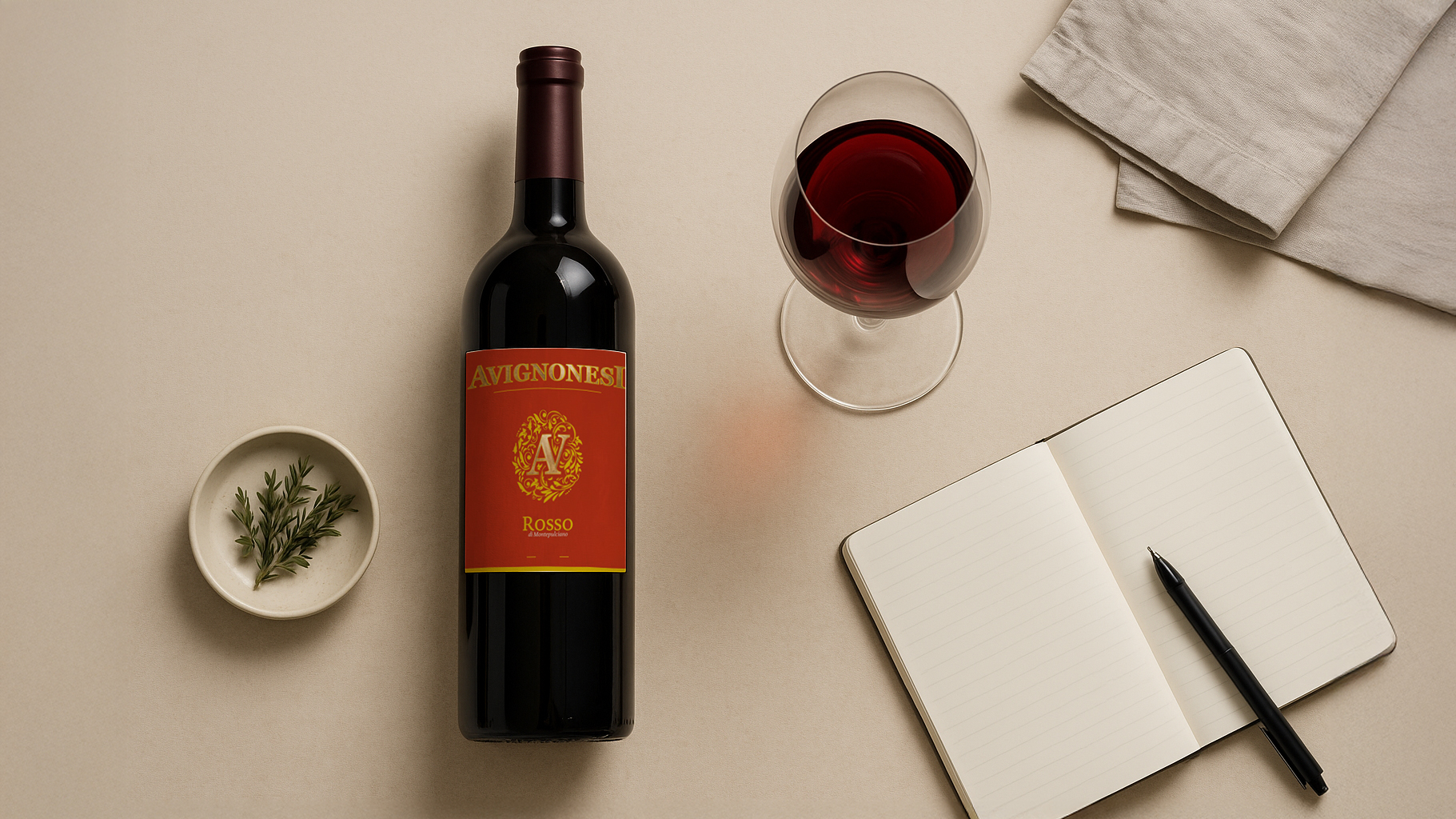

Debunking Wine Snobbery: What Actually Matters?
You want to learn more about wine—but the culture around it makes you hesitate. Maybe you’ve heard someone go on about “wet stone” or watched someone swirl and sniff like they were performing a ritual. It’s easy to feel like wine isn’t for you. And if you keep thinking that, you might miss out on something that could bring you real joy.
Now imagine knowing what makes a wine good, feeling confident in your choices, and never second-guessing your taste again. That’s where we’re headed.
What you’ll learn today
- Why expensive doesn’t always mean better
- How to describe wine in your own words
- What actually makes a wine “good”
Why Wine Culture Turns People Off
You’ve probably been in a room where someone described a wine using words like “forest floor” or “crushed rock,” and you thought, What am I missing? That kind of talk can make wine feel out of reach. Add in overpriced bottles, complicated rules, and people acting like you’re doing it wrong, and it’s no surprise many people give up before they start.
But here’s the truth: wine isn’t supposed to feel exclusive. It’s a drink. It’s meant to be enjoyed—ideally with good food and good company. This week, we’re cutting through the noise and focusing on what actually matters when it comes to enjoying wine. Not the rituals. Not the price tag. Not what someone else thinks.
You don’t need to be an expert to understand wine. You just need curiosity, your senses, and a little structure. Let’s break down three common myths that hold people back—and what you should actually pay attention to instead.
Myth #1: Expensive Wine Is Always Better
It’s easy to assume that a $100 bottle is better than a $15 one. But that’s not always true. Price can reflect things like brand reputation, location, small production, or fancy packaging—not just quality. Some producers charge more because they can. Others charge less because they want to make good wine accessible.
What matters more than price is whether a wine tastes balanced, interesting, and enjoyable to you. You can absolutely find great bottles under $25. Many somms (like me) even prefer lower-priced wines because they’re made to be shared, not just collected.
Next time you shop, try this: skip the fancy label and ask yourself what you actually want. Something light and crisp? Heading to a friend’s house for dinner? Choose based on style and/or occasion, not cost. And if you’re not sure, pick two bottles in different price ranges and taste them side by side. You might be surprised.
Myth #2: You Have to Talk About Wine a Certain Way
Ever hear someone describe a wine as “unctuous” or “brambly” and wonder if you're missing the point? You’re not. Wine language can get overcomplicated fast. The goal isn’t to memorize a dictionary of tasting terms—it’s to learn how to describe what you notice.
If a wine smells like lemon or tastes like cherry cola, say that. If it reminds you of your grandma’s spice cabinet or fresh-cut grass, that’s fair game too. The more you taste, the more connections you’ll start to make. You don’t need the “right” words. You need your own reference points.
Simple language works best. Think: fruity, spicy, earthy, floral. Then get more specific as you go: lime, black cherry, cinnamon, mushroom. Your job isn’t to impress anyone. It’s to build your flavor memory and understand your own preferences. That’s how wine gets easier—and more fun.
Myth #3: You’re Doing It Wrong
There’s a lot of pressure to do wine the “right” way. Right glass, right food pairing, right temperature, right region. And sure, those things can make a difference. But they don’t define your experience. You’re not doing it wrong if you chill your red wine or drink sparkling out of a flute.
The rituals around wine—decanting, swirling, sniffing—aren’t requirements. They’re just tools. Use them if they help you enjoy the wine more. Skip them if they don’t. The real question is: are you paying attention to what’s in the glass? That’s what matters.
Try this: pour two wines. Taste them slowly. Notice what changes as they warm up or sit in the glass. Use your senses. Take notes if that helps. Don’t worry about the “rules.” You’re learning by experience, not by textbook. And that’s the best kind of wine education.
So What Actually Makes a Wine “Good”?
Let’s keep it simple. A wine is “good” if:
- It tastes good to you
- It has balance (no one part takes over)
- It fits the moment
Balance means the wine doesn’t feel too sharp, too sweet, too hot (alcoholic), or too bitter. Everything works together. If you want to keep sipping, that’s a good sign.
You don’t need to chase the highest scores or trendiest regions. You just need to ask: Do I like this? Why or why not? That’s how you build your palate and stop second-guessing yourself. The more you pay attention to the wines you like, the easier it gets to spot those same patterns in new bottles.
Your Takeaway: Wine is Yours to Enjoy
Don’t let wine snobs ruin it for you. You’re allowed to like what you like. You’re allowed to ask questions. You’re allowed to keep it simple.
You don’t need a certification to trust your palate. You just need to practice and notice what you enjoy. The more you taste, the more confident you’ll get. Not because someone said you’re doing it right—but because you’ll know it for yourself.
So go pour something you’re curious about. The rest is just noise.

